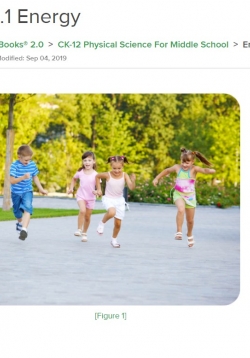
Published by US Department of Energy the Alternative Fuels Data Center is a wealth of data, maps, reports, interactives, case studies, and other resources on existing and emerging alternative fuel technologies, including electric vehicles, biodiesel, natural gas, hydrogen fuel cell, and others. Designed for fleet managers but applicable to high school classrooms, this can be a key research resource for understanding both the science and policy of alternative fuel transportation and applying to real world situations.






